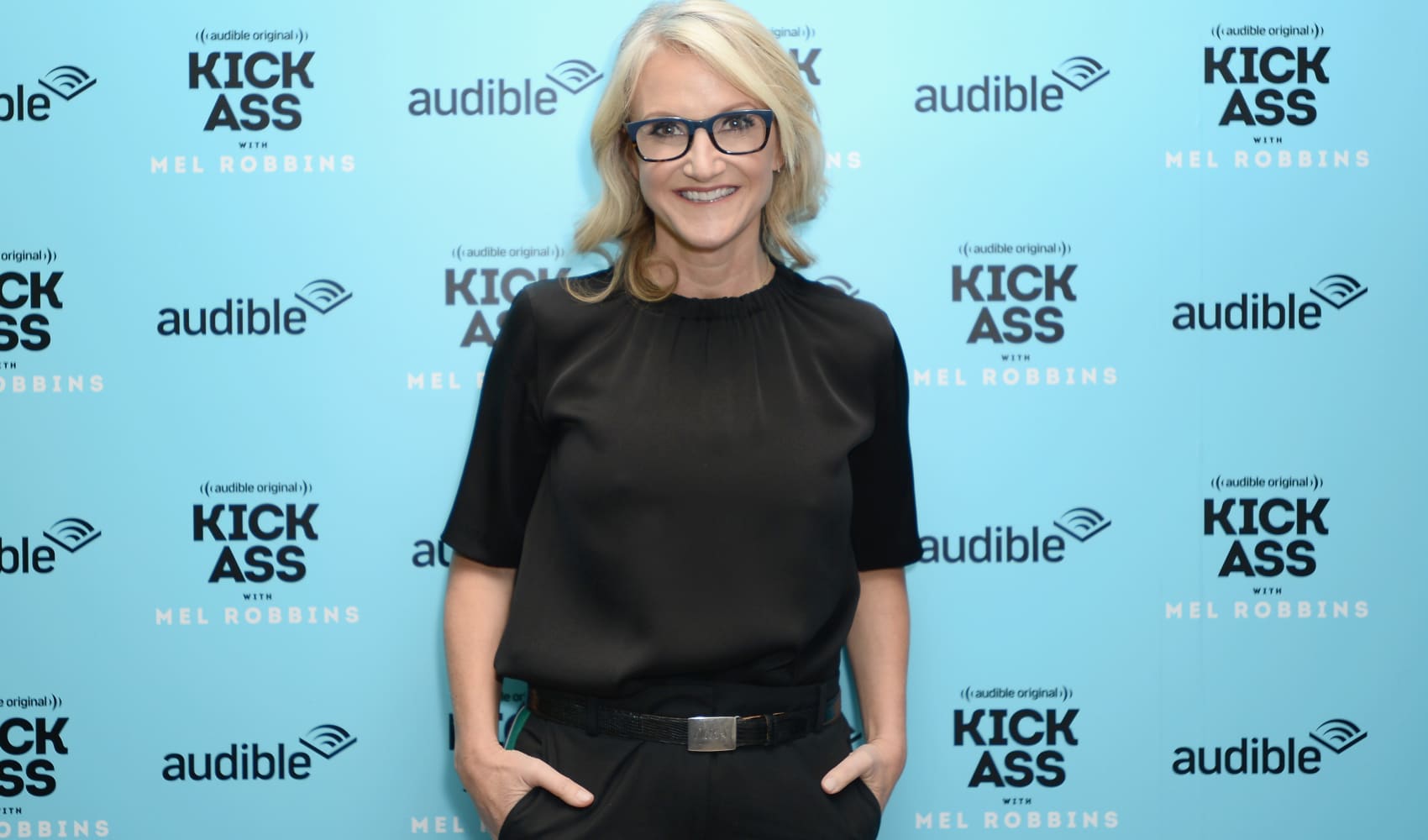The breaking community wants the world to give b-girl Raygun a break as the Paris Olympics wrapped up.
The sport made its Olympic debut in Paris — it might never be back — and one of the lasting images was the performance of an Australian b-girl known as Raygun who did a “kangaroo dance” and scored zero points.
In a show of support on Sunday, the head judge of the breaking competition said 36-year-old university professor Rachael Gunn was just trying to be original. And the breaking federation says it has offered mental health support in the wake of online criticism.
“Breaking is all about originality and bringing something new to the table and representing your country or region,” head judge Martin Gilian — known as MGbility — said at a press conference. “This is exactly what Raygun was doing. She got inspired by her surroundings, which in this case, for example, was a kangaroo.”
The breaking and hip-hop communities “definitely stand behind her,” he added.
“We have five criteria in the competitive judging system and just her level was maybe not as high as the other competitors," MGbility said. “But again, that doesn’t mean that she did really bad. She did her best. She won the Oceania qualifier. ... Unfortunately for her, the other b-girls were better.”
Sergey Nifontov, general secretary of the World DanceSport Federation, said they've been in direct contact with Gunn and Australian Olympic team officials
Local
“We offered (the) support of our safe-guarding officer. We are aware about what has happened, especially on social media, and definitely we should put the safety of the athlete, in this case, mental safety in first place,” he said. “She has us as a federation supporting her.”
Breaking — known to many break dancing, a term its performers dislike — is not on the program for the Los Angeles Olympics in 2028.
Feeling out of the loop? We'll catch you up on the Chicago news you need to know. Sign up for the weekly Chicago Catch-Up newsletter.
The next Summer Games after that will be in Brisbane, Australia.
“We believe that this has nothing to do with our chances for Brisbane 2032,” Nifontov said when asked about the criticism of Raygun and getting back into the Olympics.
Japan's Ami Yuasa, known better as b-girl Ami, won the gold medal and said she wished Los Angeles organizers had waited to experience the energy between the athletes and the crowd at Place de la Concorde.
“I feel so sad about it not happening in Los Angeles, because breaking was born in the USA,” she said Sunday. "Breaking is not just a sport, it’s also expressing myself and art.”
Federation president Shawn Tay defended the evolution — from what started as an art form in the 1970s in the Bronx to an Olympic appearance. Critics have questioned the commercialization of the sport.
“Right from the beginning we were warned that some of the breakers — the top breakers — may not take part,” he said. “But now we have achieved to bring them all in — we have all the best breakers. Now they are fighting for the glory of their country — it’s a totally different thing. And that's actually pushed them to improve so much, to work so hard in a more scientific way.”
Who is Raygun and what happened?
Gunn is widely known as one of Australia's best female breakers.
She represented the country in 2021, 2022 and 2023 at the World Breaking Championships.
The 36-year-old is also a lecturer at Sydney's Macquarie University with a Ph.D in cultural studies. Her LinkedIn page notes she is “interested in the cultural politics of breaking."
Gunn took part in a variety of dance styles, like ballet and tap, at a young age, but didn't start breaking until her 20s, when she was introduced to it by her then-boyfriend, who is now her husband and coach.
Why did Gunn's performance go viral?
Gunn quickly achieved internet fame Friday, but not necessarily for Olympic-level skill.
Competing against some b-girls half her age, she was swept out of the round-robin stage without earning a single point, and her unconventional moves landed flat while failing to match the skill level of her foes.
At one point, Gunn raised one leg while standing and leaned back with her arms bent toward her ears. At another, while laying on her side, she reached for her toes, flipped over and did it again in a move dubbed “the kangaroo.”
Clips of her routine have gone viral on TikTok and elsewhere, and many cringed at her moves platformed on the Olympic stage as a representation of hip-hop and breaking culture.
Still, announcers afterthe event noted Gunn was battling some of the best dancers in the world and "held her own."
What did Raygun say?
The dancer shared a message to some of the commenters following her much-talked about performance.
Gunn's unique dancing wasn't the only part of her performance drawing a flurry of comments Friday. Her attire was also a topic many discussed.
The Olympian wore a green and yellow tracksuit with a matching ballcap, which stood out in comparison to the casual wardrobe of some of her competitors.
Despite questions over her level of skill following the first rounds of the competition, Gunn shared a message in her Instagram stories, writing, "looking forward to the same level of scrutiny on what the bboys wear tomorrow."
Gunn's attire wasn't the only one to come under scrutiny Friday.
Many viewers also called out Lithuania’s silver medalist b-girl Nicka, (legally named Dominika Banevič) for donning a durag during each of her battles. Durags, once worn by enslaved Africans to tie up their hair for work, are still worn by Black people to protect and style their hair. They became a fashionable symbol of Black pride in the 1960s and 1970s and, in the 1990s and early 2000s, also became a popular element of hip-hop style. But when worn by those who aren’t Black, durags can be seen as cultural appropriation. Banevič is white.
In the lead-up to her performance, Gunn noted her unique moves were her strength, especially knowing she would be competing against much younger competitors.
"The younger competitors are great in their strength, fitness, and explosiveness. But the older ones bring a different level of maturity to the dance," she told CNBC.
In a sport where scores are based in part on both originality and creativity, she said she wanted to give the judges a unique take.
"My specialty is style and creativity, not dynamics or power moves like many other dancers," she said, adding that she has developed her own moves, sequences and her own way of moving.
She knew going into her performance that her unexpected style might not score nearly as high, but she hoped it would be widely received by fans.
"I don't know if it's going to be valued as much as some of the other criteria, but I hope people are still wowed by what I bring since it's something different," she said.




